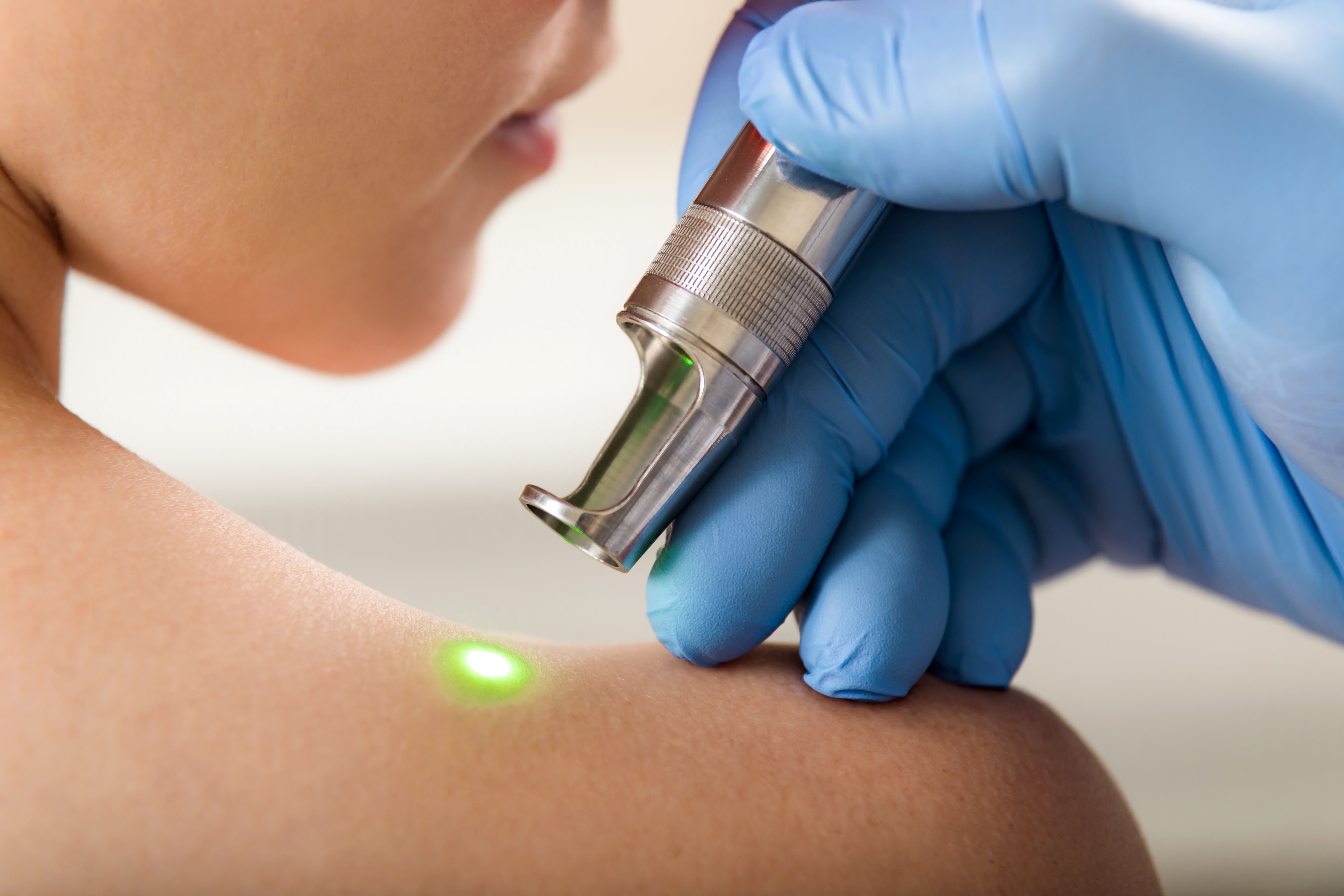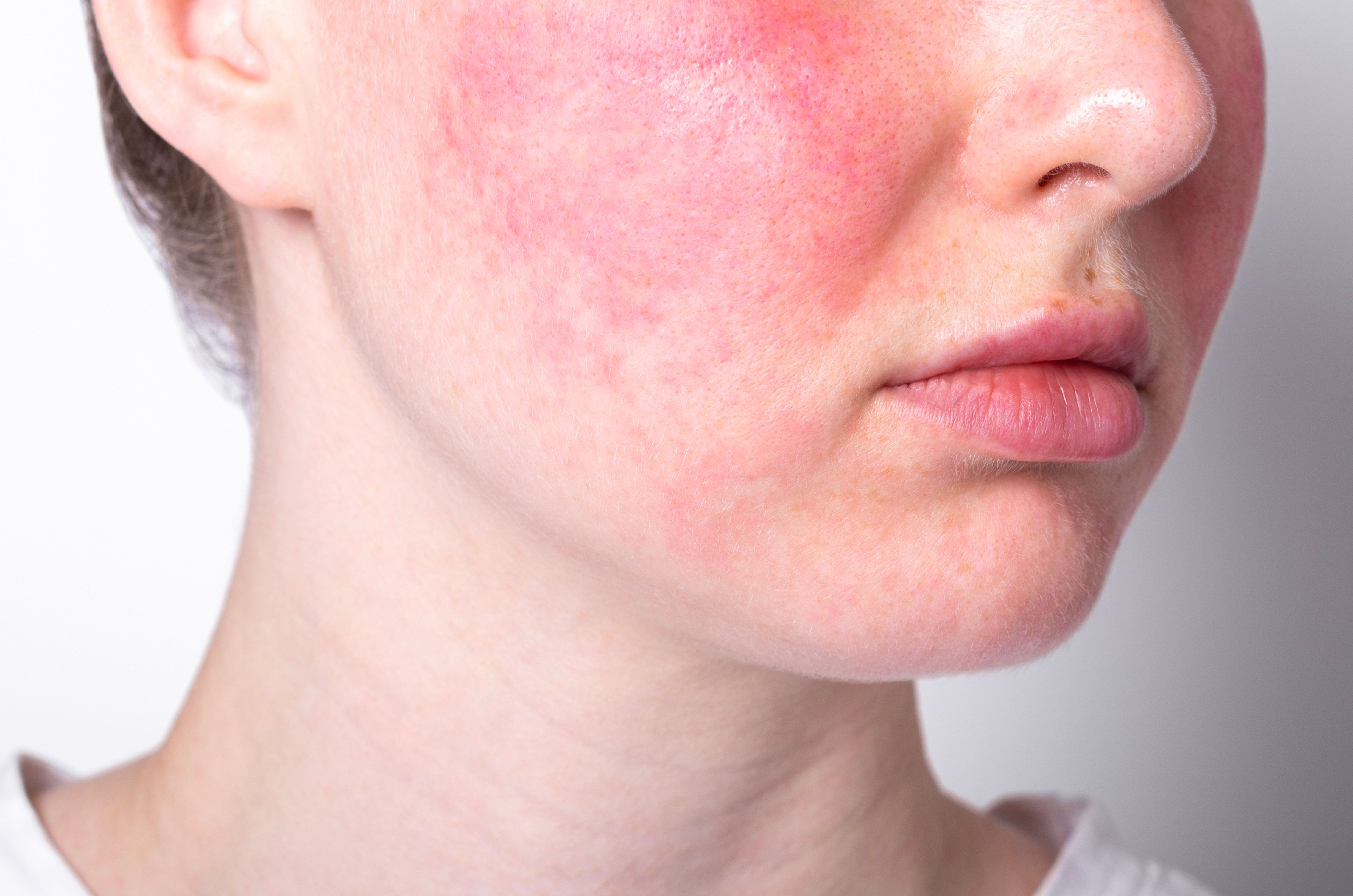- Acne
- Actinic Keratosis
- Aesthetics
- Alopecia
- Atopic Dermatitis
- Buy-and-Bill
- COVID-19
- Case-Based Roundtable
- Chronic Hand Eczema
- Drug Watch
- Eczema
- General Dermatology
- Hidradenitis Suppurativa
- Melasma
- NP and PA
- Pediatric Dermatology
- Pigmentary Disorders
- Practice Management
- Precision Medicine and Biologics
- Prurigo Nodularis
- Psoriasis
- Psoriatic Arthritis
- Rare Disease
- Rosacea
- Skin Cancer
- Vitiligo
- Wound Care
Article
What is DermaSmart? What is a biofilm?
DermaSmart is a new concept in the treatment of atopic dermatitis from Hill Pharmaceutical.
Q. What is DermaSmart?
A. DermaSmart is a new concept in the treatment of atopic dermatitis from Hill Pharmaceutical.

This three-year project resulted in the design of a low-friction, durable polyester cloth with a silver-containing fabric coating to reduce skin bacterial growth. The fabric was then sewed into labeless garments with special seam treatments to reduce skin irritation. These garments, consisting of t-shirts and pajamas, are the first designed to reduce itching in patients with atopic dermatitis and sensitive skin. DermaSmart is a novel approach to the treatment of itchy skin.
Q. What is a biofilm?
A. The concept of a biofilm is relatively new to dermatology, but well established in dentistry.
It is the biofilm of the mouth that contributes to tooth decay and the biofilm of the skin that contributes to acne, making this concept valuable in many contaminated body areas.
The biofilm of the skin is the thin coating of sebum, eccrine secretions, apocrine secretions, bacteria, fungi, yeast, environmental dirt, topical medication, skin care products, sunscreen and cosmetics that lies on top of the stratum corneum. The biofilm is the interface between the skin and the environment. It is the essence of dermatologic treatment. When we measure the pH of the skin, we are measuring the pH of the biofilm. When we prescribe topical medications, we are contributing to the biofilm. When we treat acne with topical and oral antibiotics, we are reducing the p. acnes burden in the biofilm.
Treatment for many dermatologic skin diseases involves normalization of the biofilm. For example, seborrheic dermatitis is a disease of the biofilm whereby there is overgrowth of malasezzia species. Once the fungal colonization is decreased through the use of antifungal shampoos, the seborrheic dermatitis improves until the cutaneous burden of the fungus increases again. Clinical improvement in atopic dermatitis and psoriasis sometimes involves reduction of skin surface bacteria through the use of oral antibiotics. The biofilm is what separates the skin from disease and health!
Zoe Diana Draelos, M.D., is a clinical associate professor of dermatology, Wake Forest University School of Medicine, Winston-Salem, N.C., and primary investigator, Dermatology Consulting Services, High Point, N.C.
Questions may be submitted via e-mail to zdraelos@northstate.net
.
Newsletter
Like what you’re reading? Subscribe to Dermatology Times for weekly updates on therapies, innovations, and real-world practice tips.















